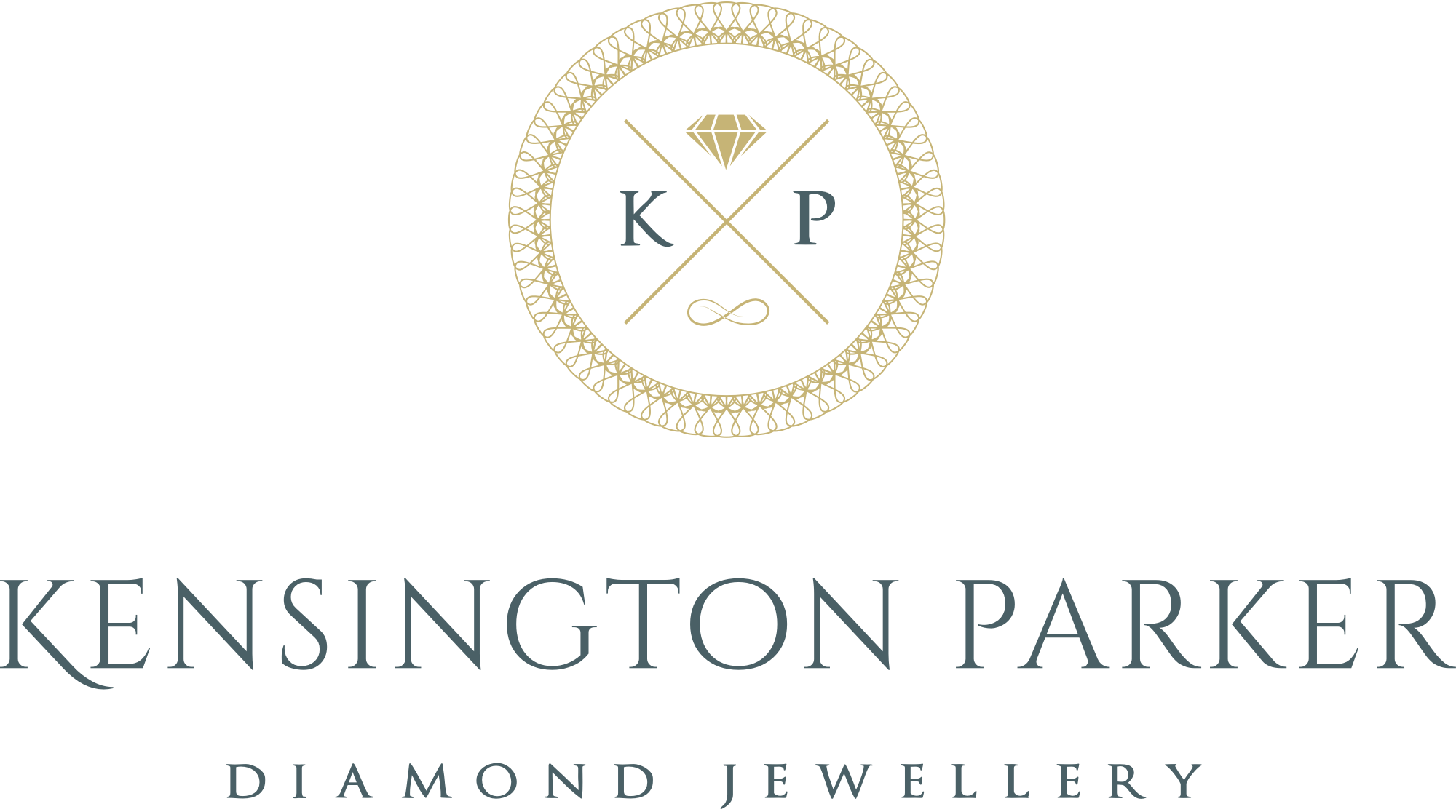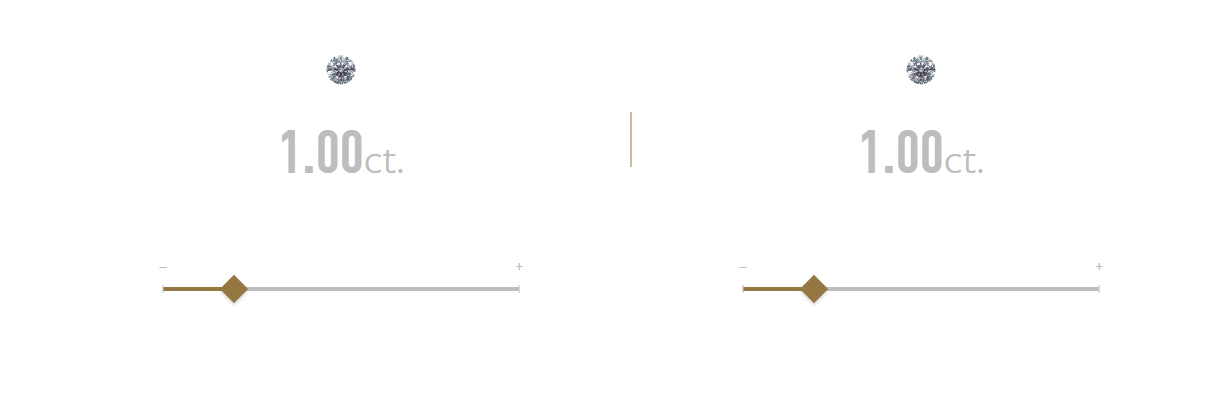Color
Throughout our history, diamonds have been found in many different colors. White diamonds, otherwise known as “colorless diamonds”, are graded based upon a color scale created by the Gemological Institute of America in the 1950’s. This scale has since remained the most prominent industry standard for accurate and ethical diamond grading in the world. White diamonds are graded from colorless to light yellow, with alphabetical letters ranging from “D-Z” placing each diamond into a specific category. Color is graded by GIA laboratories based upon the depth of color, as well as the tone and saturation of that color which is noticeable to the naked eye within the diamond. It takes the eye of a trained gemologist in order to see the slight differences in color.




